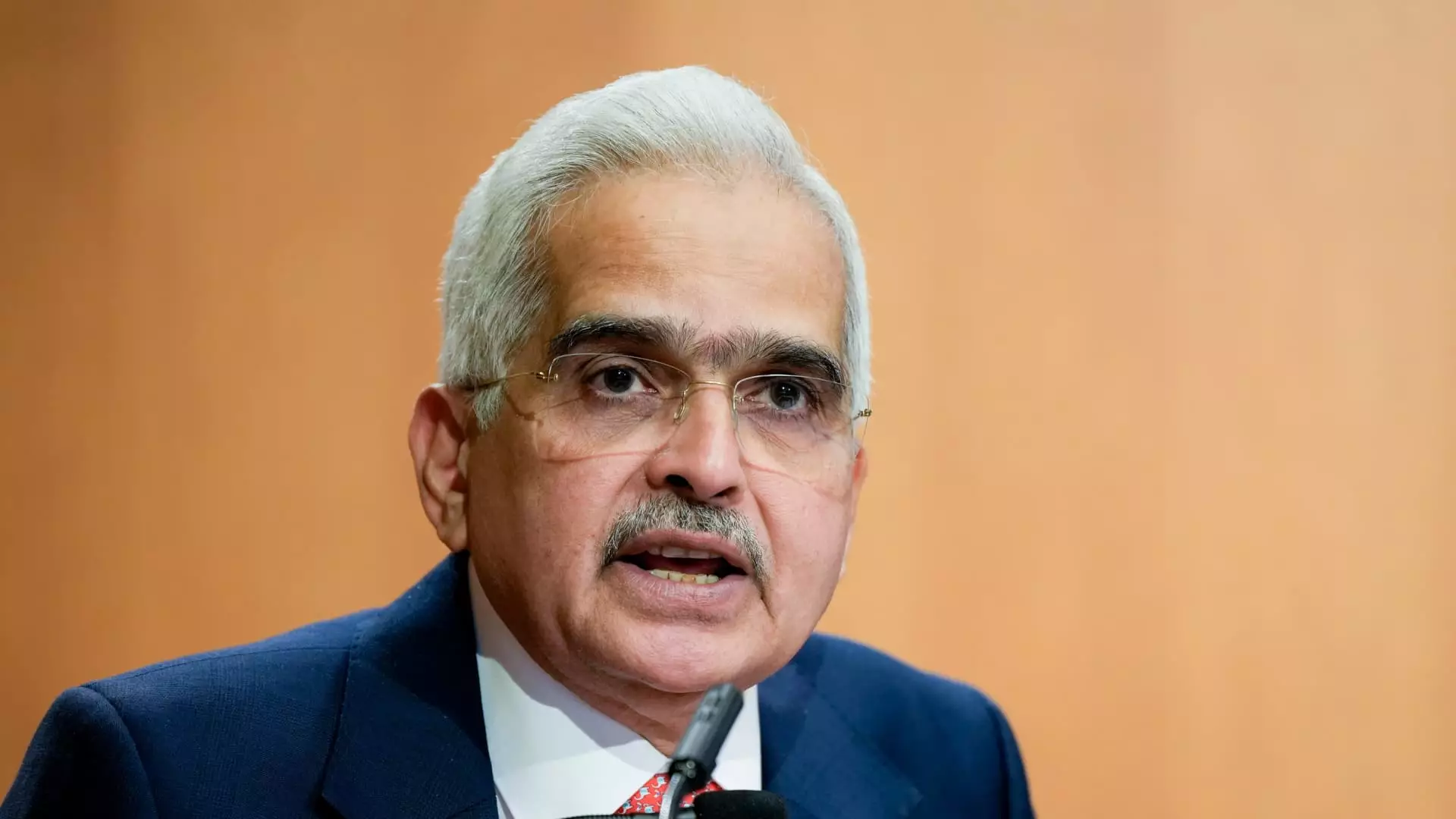In the complex web of global finance, central banks play a pivotal role, particularly in times characterized by continuous disruptions. The recent reflections by Shaktikanta Das, the Governor of the Reserve Bank of India (RBI), shed light on the delicate balance central banks must maintain to foster economic stability in an increasingly volatile environment. Speaking at the CNBC-TV18 Global Leadership Summit in Mumbai, Das acknowledged the successful navigation of recent challenges, labeling it a “soft landing.” However, he also cautioned that risks remain, urging stakeholders to remain vigilant about the potential resurgence of inflation and the slowdown of economic growth.
The dynamics of inflation are especially critical, as countries face an array of challenges. Das noted that geopolitical tensions, economic fragmentation, and the unpredictability of commodity prices—all compounded by climate change—represent significant hurdles. These issues are not confined to the local economy but resonate on a global scale, impacting everything from currency exchange rates to global trade flows.
A compelling aspect of Das’s discourse involved the paradoxes currently evident in financial markets. For example, the U.S. dollar has continued to appreciate despite the Federal Reserve’s indications of an easing monetary policy. The dollar index recently marked its highest points since November, raising questions about the correlation between interest rate adjustments and currency valuation. Such anomalies highlight the complexities of modern economies where traditional relationships no longer hold true.
Moreover, the landscape is further complicated by speculation surrounding U.S. politics. The implications of a potential second term for President Donald Trump could introduce policies aimed at increasing trade tariffs and tightening immigration—factors that historically correlate with inflationary pressures. Traders and economists are thus required to navigate unpredictable waters as they analyze future Federal Reserve actions against a backdrop of political uncertainty.
Interestingly, Das pointed to the resilience exhibited by financial markets despite escalating geopolitical risks. He noted that while tensions continue to rise globally, financial markets have succeeded in weathering the storm. Such resilience is critical for investor confidence, which is essential for stable economic growth. Nevertheless, the rising government bond yields juxtaposed with easing monetary policies in advanced economies present a contradiction that cannot be overlooked.
In times of economic fragility, these conditions can create instability, making it imperative for central banks to reassess their strategies continually. Das’s analysis underscores that monetary policy adjustments alone cannot dictate market behavior; rather, they are part of a broader spectrum of influences impacting financial stability.
Shifting focus to the Indian economy, Das characterized it as resilient amidst global turbulence. With a robust growth rate projected despite ongoing challenges, he expressed optimism that inflation would moderate in the near future. His remarks suggest that India is uniquely positioned to capitalize on emerging opportunities, but vigilance is warranted.
Conversely, Piyush Goyal, India’s Union Minister of Commerce, issued a call for the RBI to ease monetary policy to further stimulate economic growth. Advocating for a reduction in interest rates, Goyal accentuated the need for greater momentum in a market that is already the fastest growing in the world.
The RBI’s recent decision to maintain the key interest rate at 6.5%, while adopting a neutral policy stance, hints at an openness to future cuts supporting this narrative. The alignment of government expectations with central bank policies will be crucial as India aims to solidify its economic standing amidst global uncertainties.
As the global economy grapples with sustained shocks, the insights from Das serve as a vital reminder of the complexity central banks face. The interplay between geopolitical events, market reactions, and domestic policies creates a labyrinth that policymakers must navigate skillfully. The emphasis on resilience, especially in the context of India’s economy, is particularly relevant as nations strive to maintain growth in a challenging environment.
Harnessing stability in a turbulent world will require not only adept monetary policies but also collaboration and adaptability across all financial sectors. As we advance, understanding these dynamics will be essential for governments, investors, and economists alike.

